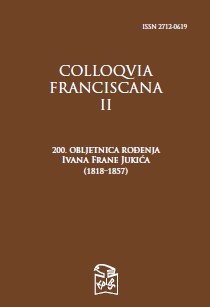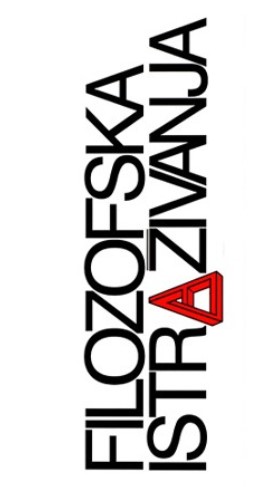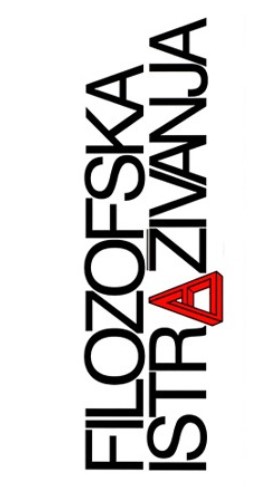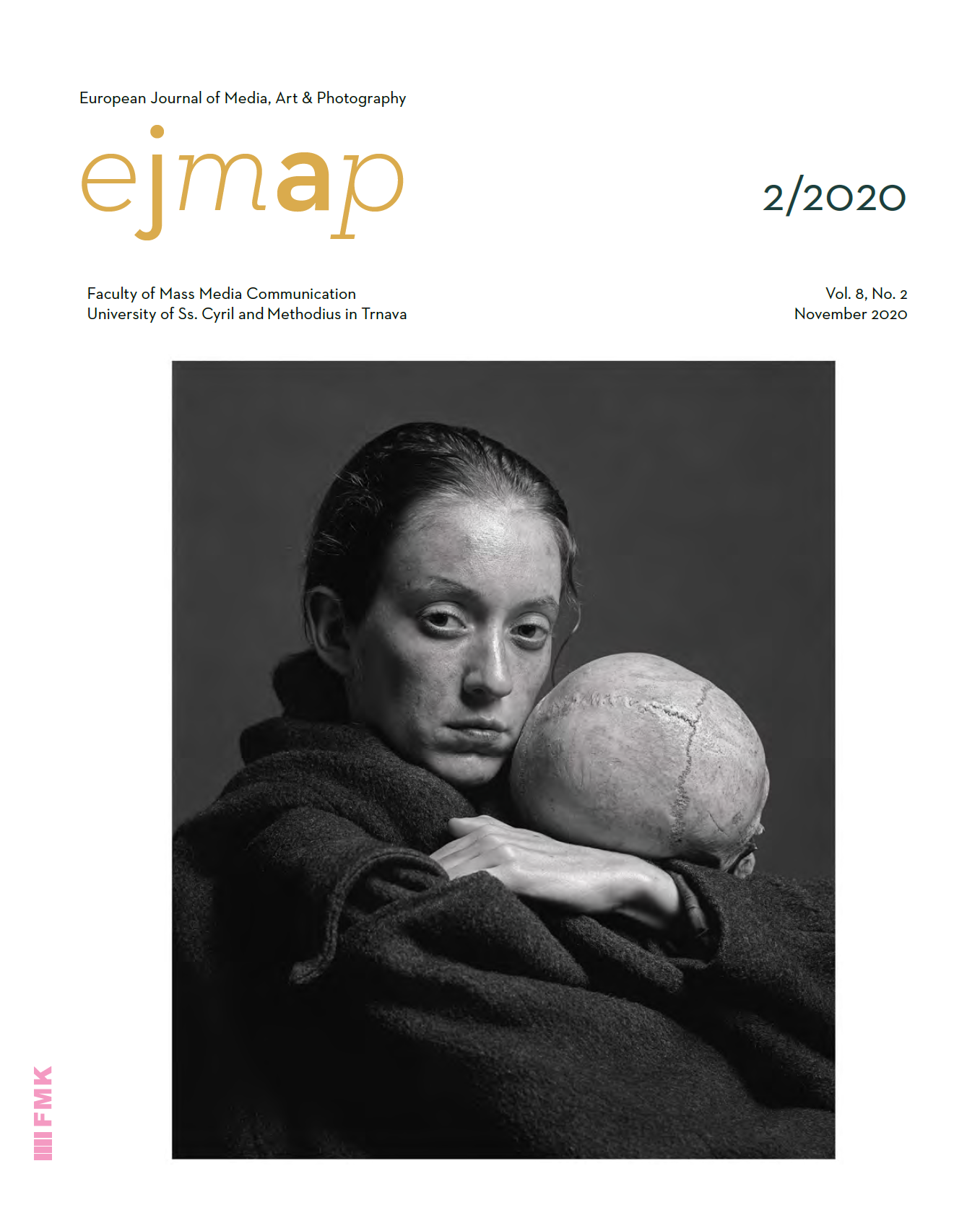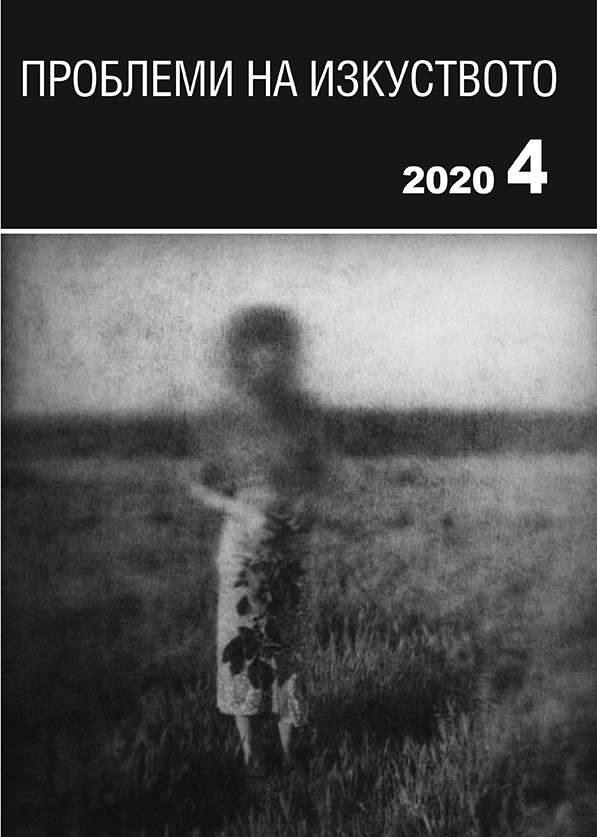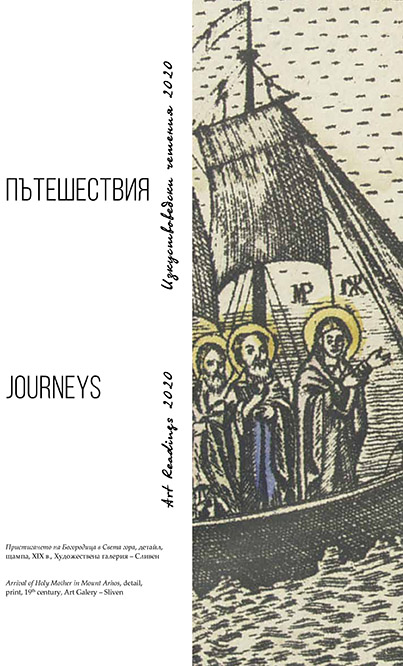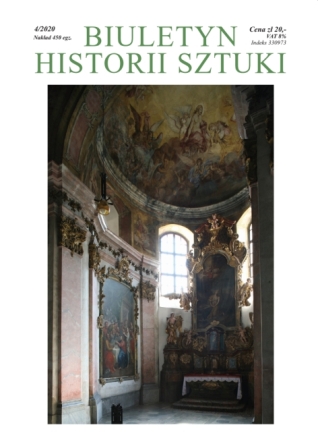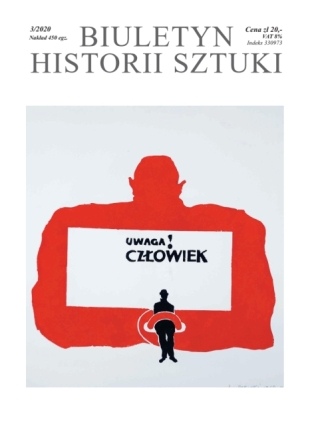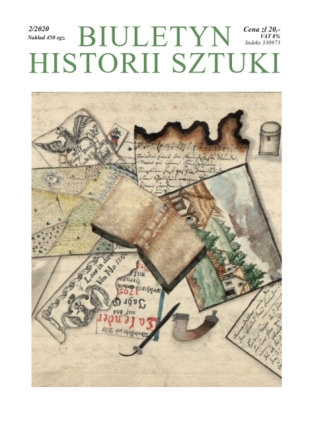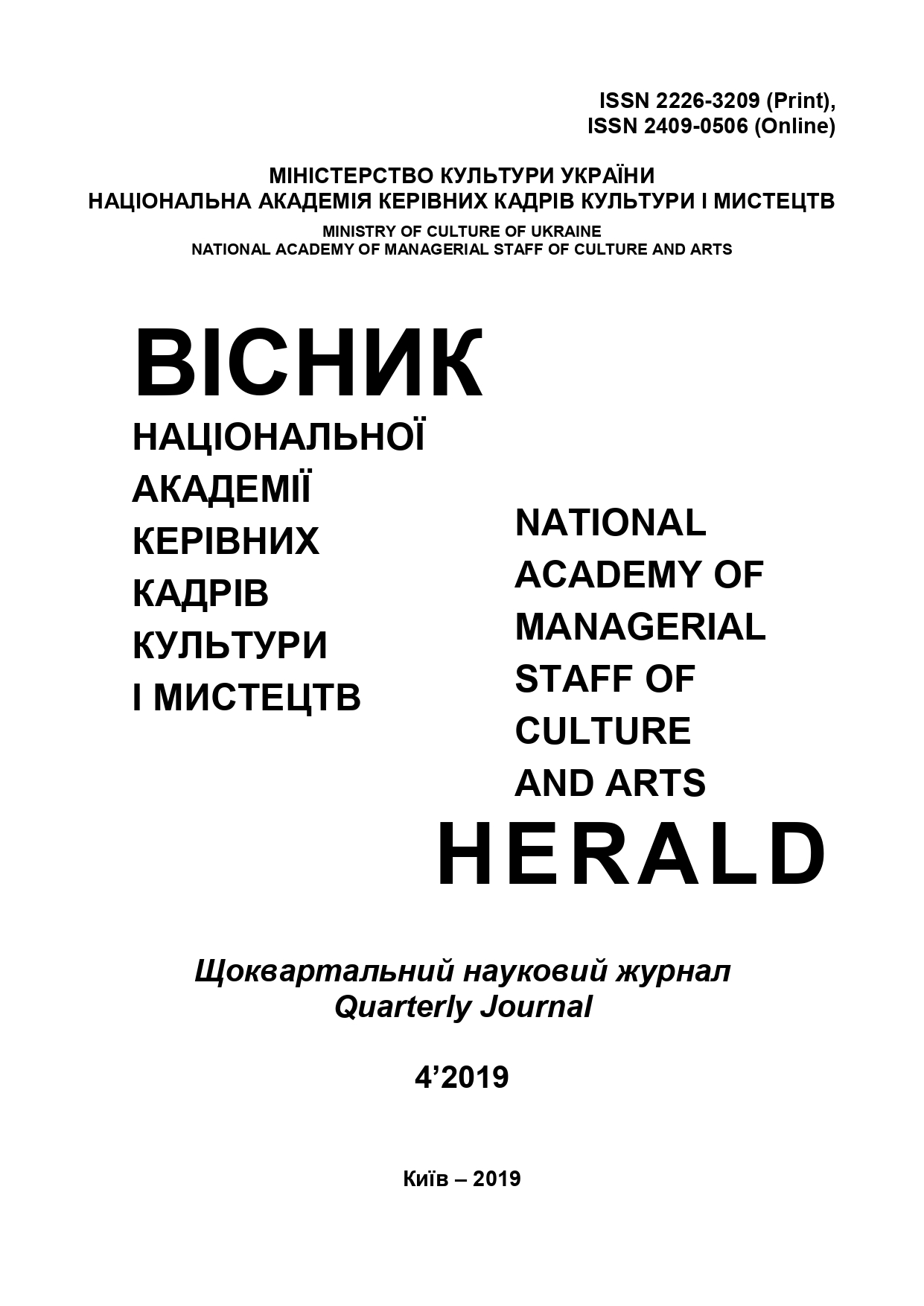
Скульптура Буковини середини ХХ ‒ початку ХХІ століття: від соціалістичного реалізму до постмодернізму
The purpose of the article is to analyze the development of sculpture on the territory of Bukovina from the middle of the XX century to the beginning of the XXI century. The methodology of the study includes the complex application of various methods: historical, comparative, biographical, and art historical analysis. The use of the above methods allows us to analyze the progress of fine arts in the region thoroughly. The scientific novelty of the obtained results is in the coverage of artistic processes in Bukovina, which have not been adequately reflected in the scientific literature, the introduction of scientific names of artists, and the analysis of stylistic peculiarities of their works. Conclusions. The study of this topic makes it possible to consider objectively the creative work of sculptors of different generations and different artistic preference, to trace the influence of the socio-political situation of a particular historical period on artistic practices and to identify which world view principles and stylistic tendencies prevail in Bukovinian sculpture during the XX ‒ the beginning of the XXI century. The development of the sculptures in the region from the mid-1940s to the present shows a gradual departure from the traditional for Soviet art thematic direction and illusory realism, depersonalization of the characters, and usage of the common stamps, to works with multilayered content and ambiguity of perception. The search for such masters as Volodymyr Gamal, Ivan Salevych, Svyatoslav Virsta at the beginning of the XXI century determines how the sculpture and fine art of the region will develop in general, moving away from works based on literary plots and recognizable, standardized images and compositional schemes, to the complex content constructed on associations and artistic parallels, postmodernism plastics.
More...
